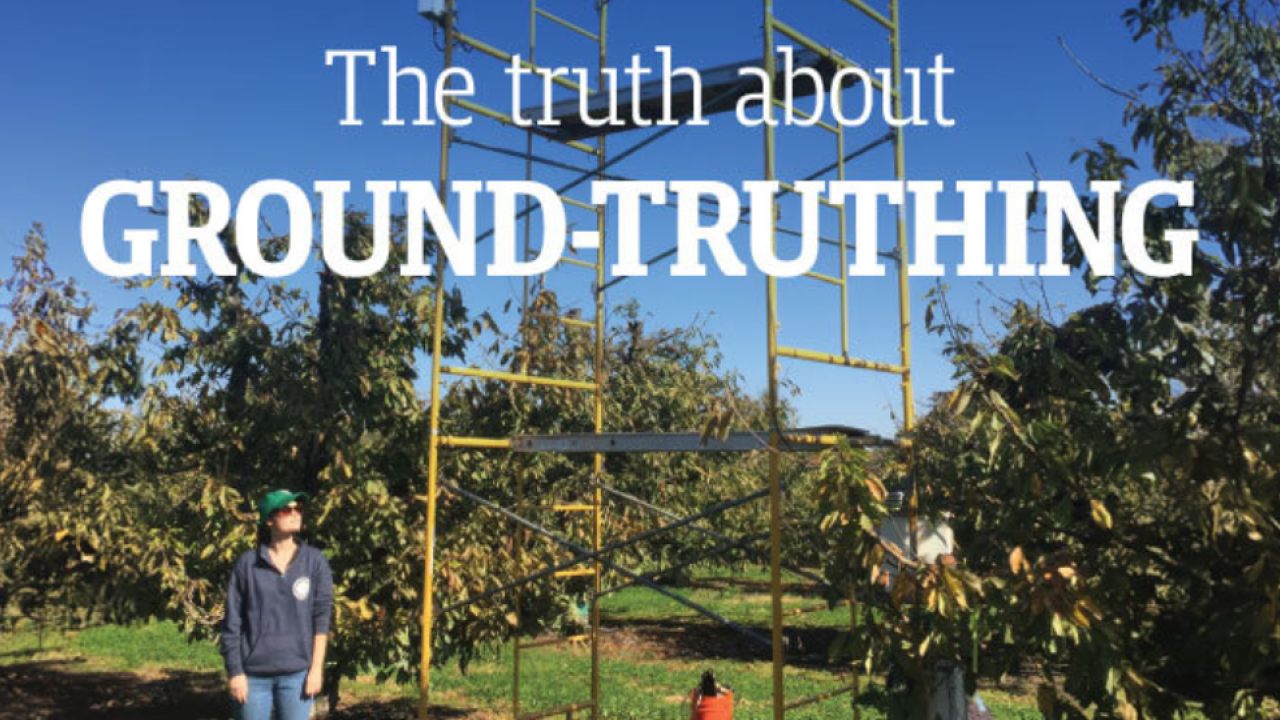
The truth about ground-truthing
Learn why you should care about eddy covariance, remote sensing and crop water use
Crop water use refers to the amount of water that is lost from vegetation, soil and other surfaces to the atmosphere through evapotranspiration. In this process, the liquid water is released as water vapor. Once it rises into the atmosphere, it becomes invisible, mixes in all directions, thus evading our ability to manage it. Therefore, it is critical that the irrigation is based on evapotranspiration rates while trying to minimize the water loss from liquid to the gas. Thanks to new scientific knowledge, we can now determine evapotranspiration rates in order to develop information for precision irrigation to replace the lost amount of water without the risk of over- or under-irrigation.
The eddy covariance method is based on instrumentation that measures turbulent wind flow (a 3D sonic anemometer) and water vapor concentrations (gas analyzer) directly to determine how the water travels vertically once it turns into vapor. It provides measurements that are continuous, nonintrusive and are representative of the field scale. This stands in contrast to other direct measurement techniques where individual plants and soil samples are used to assume the water status of the whole field, which overlook variations across the field. The accuracy, robustness, precision and reliability of direct measurements make the eddy covariance method essential for evaluating the accuracy and performance of satellite remote sensing, numerical computational models, and other field methodologies that indirectly estimate water loss from crops. Although eddy covariance is the most direct method for obtaining crop water use from the field, it still has around 10% uncertainty, related to instrumental constraints and theoretical assumptions which may not hold in real-world situations. One of the biggest limitations of this method is the cost and complexity of implementation, limiting it to mainly scientific use.
To continue reading, visit the link below:
https://irrigationtoday.org/features/the-truth-about-ground-truthing/
